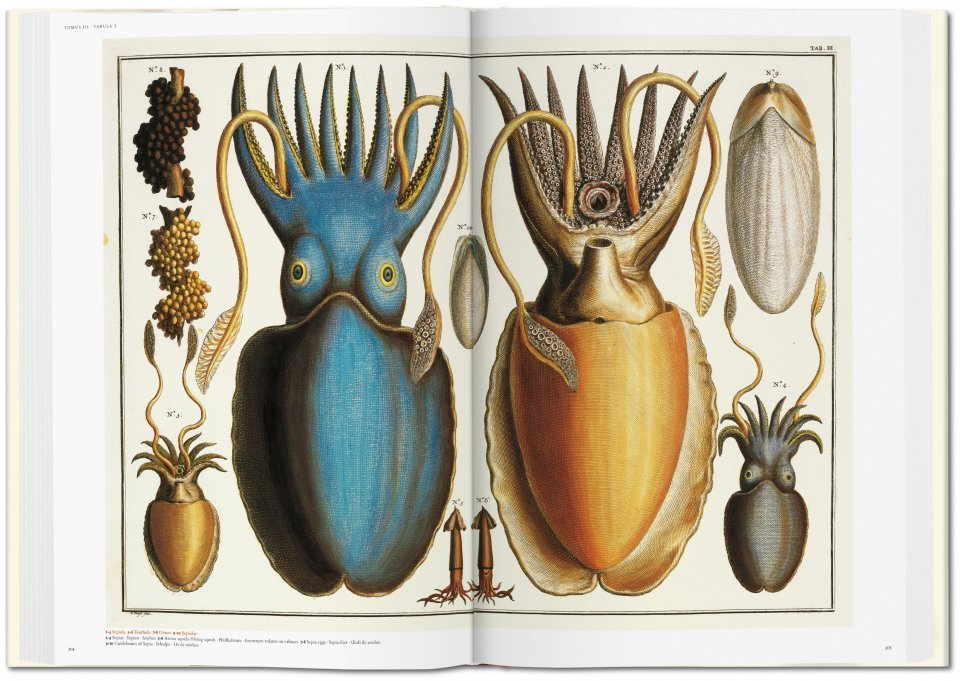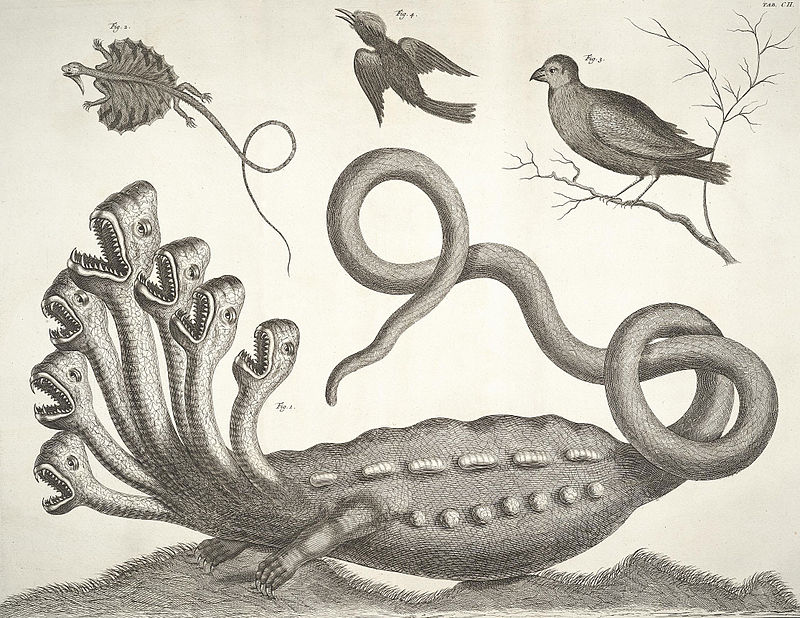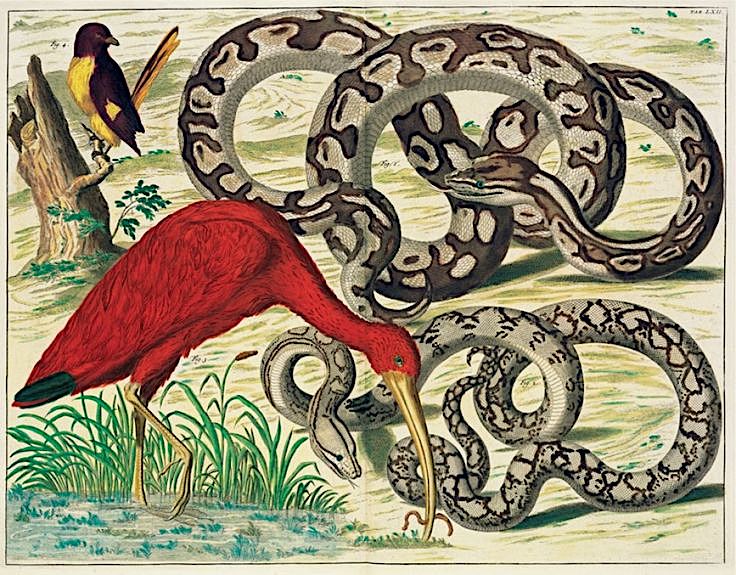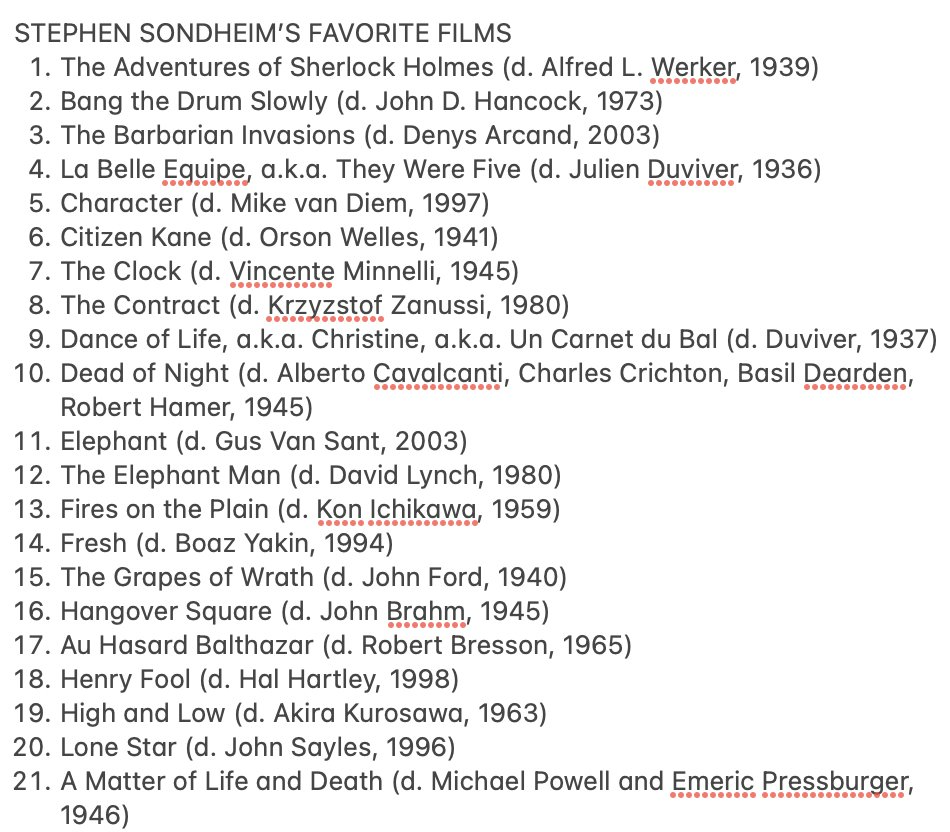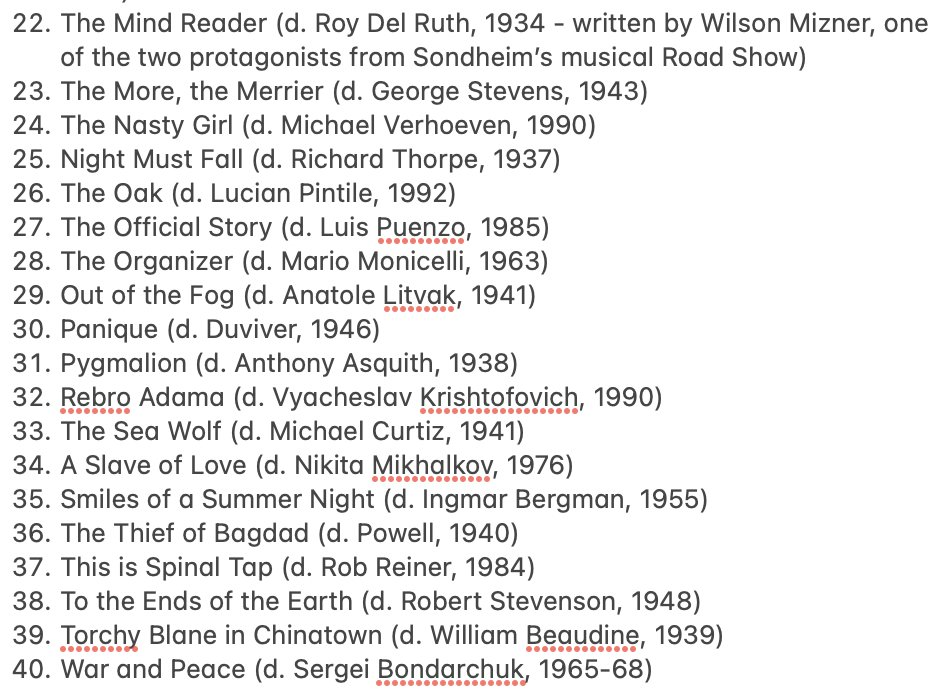New York-born, L.A.-based record producer Rick Rubin started his musical career as a guitarist, first in a short-lived high school band, then in the punk band Hose, touring the country with 80s hardcore stalwarts like Hüsker Dü and the Meat Puppets. It was an auspicious beginning for the major producer Rubin would become in later years, behind albums by Weezer, Red Hot Chili Peppers, Slayer, Danzig, Metallica… the list goes on. Not all of his work has been beloved, but hardly any of it has been ignored. Rubin’s won 9 Grammy awards since 1998, including one this year for the Strokes’ The New Abnormal and one in 2009 for Producer of the Year; in 2007 he appeared on the cover of The New York Times Magazine, covered in a white blanket and signature flowing beard, meditating over the headline “Can Rick Rubin Save the Music Business?”
Rubin revitalized Johnny Cash’s career, capturing the singer’s achingly poignant last recordings in six classic albums. He has appeared in documentaries over the past few years with Cash, Dave Grohl, and Paul McCartney he’s been a guest of David Letterman’s My Next Guest Needs No Introduction with David Letterman; he’s had a four-part documentary made about him in 2019 called Shangri-La.… And he is also – of course – all over contemporary hip-hop, producing Jay Z’s “99 Problems” and pivotal albums by Kanye West and Eminem. This is no surprise, considering he was a major figure of the genre’s origins, taking time between Hose gigs to found and co-run Def Jam Records with Russell Simmons and produce seminal albums by LL Cool J, Public Enemy, Run‑D.M.C., and the Beastie Boys.
Given all of the above, in what sense can anyone claim Rick Rubin is “invisible”? Just such an argument is made in the video above by Soulr. It’s a compelling one, due mainly to Rubin’s presence, a steady calming force – the result of years of transcendental meditation and a relaxed approach to work that favors conversation over control. “Despite his reputation as a solid-gold hitmaker,” a WNYC profile noted, “Rubin remains stubbornly modest. He attributes his success to his one rule in the studio. ‘We don’t talk about what’s going to get on the radio [or] how are we going to make our release date,’ he says. ‘We talk about how we make this song as good as it can be.’” In letting the artist’s vision emerge, Rubin lets himself disappear, playing the role of therapist, as he himself describes it:
If you really listen to what people say, usually they tell you everything. I just really pay attention to what people say, and through that I can reflect back thoughts that they’ve told me about themselves that they don’t know about themselves. And allow them to unlock those doors to get to the places they want to go artistically.
In a clip taken from Shangri-La, we see star rapper Tyler, the Creator tell Rubin, “You’re so goddamn free.” As Judy Berman writes in a Time review of that Rubin-produced documentary, “coming from an artist whose entire career has been a series of shocks to the mainstream, that’s high praise indeed.” The clip also sets the tenor for the fan-made documentary above. There isn’t a significant amount of criticism, to say the least, of Rubin’s role in the so-called “loudness wars” or charges from bands like Muse that he’s hardly involved in sessions at all. Those charges may indeed come from people who do not understand how a man “behind hundreds and hundreds of beloved records… doesn’t appear to do much, while doing everything at the same time.” Find out how Rubin has used his powers of invisibility for the good of popular music. His superpower, the video’s narrator tells us, is “simply his ability to listen.”
Related Content:
How Jazz Became the “Mother of Hip Hop”
Josh Jones is a writer and musician based in Durham, NC. Follow him at @jdmagness

